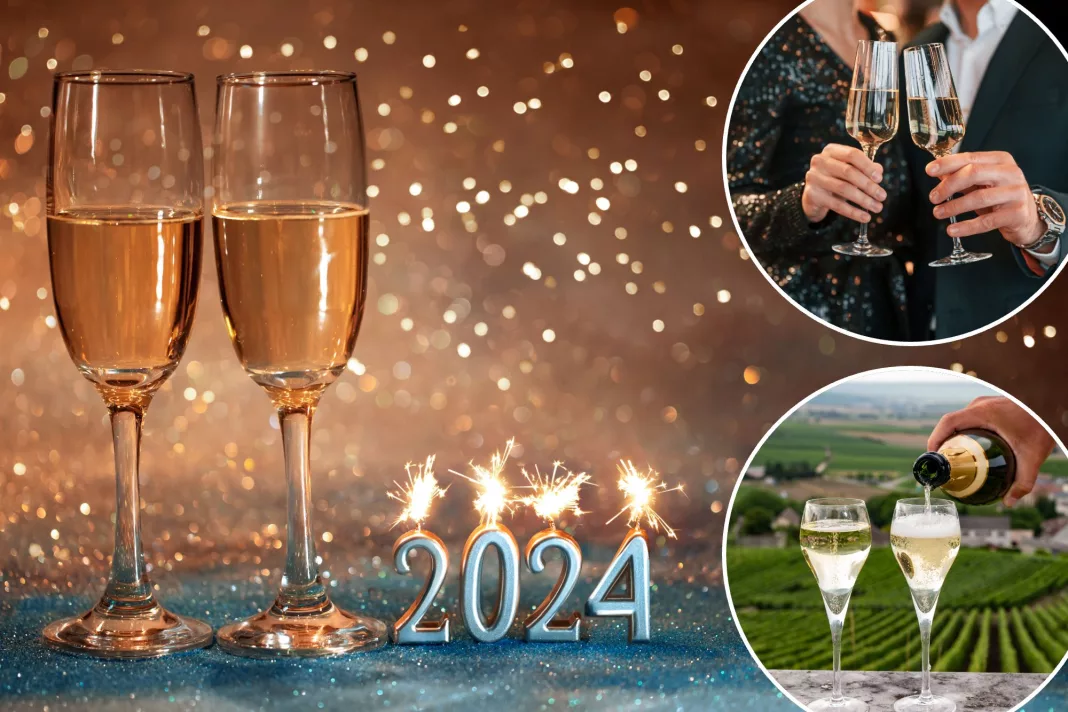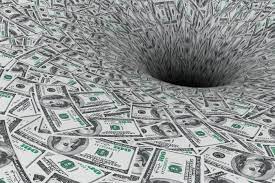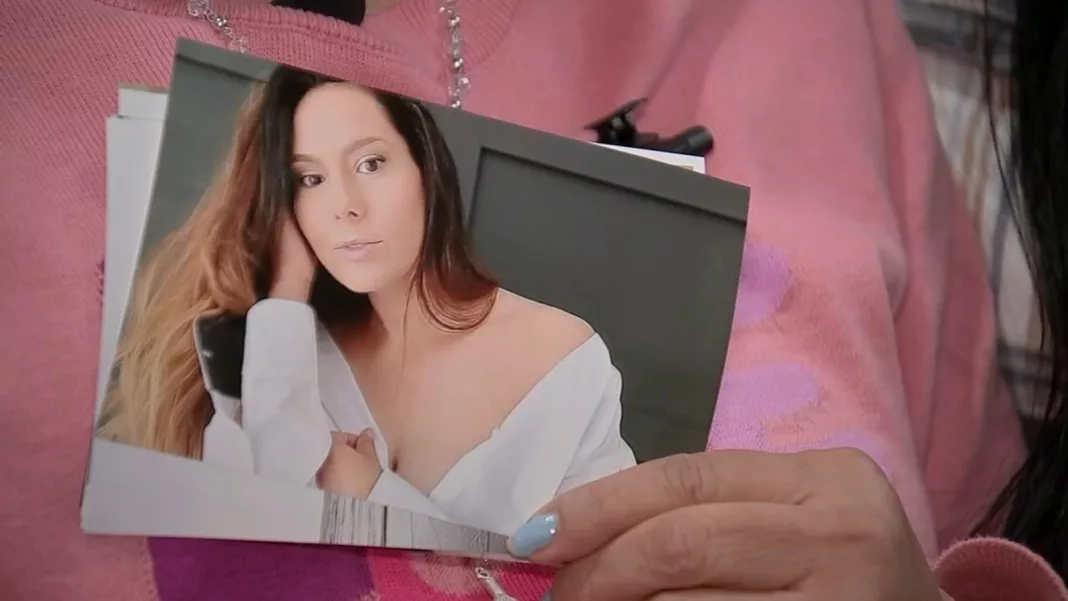Climate Change Threatens Champagne Production, Says ClimateAI
Champagne production may be at risk due to the changing global climate, warns ClimateAI, a climate resilience platform based in San Francisco. The company’s artificial intelligence-driven data suggests that popular grape varieties used in champagne-making, such as pinot noir, chardonnay, and merlot, could be on the verge of extinction. Will Kletter, ClimateAI’s vice president of operations and strategy, expressed concerns that champagne and wine drinkers may face shortages by 2050. He advised consumers to enjoy their preferred wines now before they become scarce.
The Impact of Climate Change on Champagne
ClimateAI explains that the unique taste of champagne relies on a combination of warm, sunny days for rich flavor and cool nights for acidity. However, as the climate warms, these cool nights may diminish, affecting the quality of grapes. Growers will face difficult decisions regarding early harvesting to prevent overripening or risking acidity by letting the grapes sit longer. Some growers may need to relocate their production to colder regions to adapt to the changing climate. For example, there has been an increase in sparkling wine production in the UK due to its favorable weather conditions.
Economic and Cultural Implications
The potential decline in champagne production could have significant economic consequences. Currently, champagne can only be produced in the Champagne region of France, which contributes $9.6 billion in exports and accounts for 16% of global wine sales. Extreme weather events in 2021 led to the smallest champagne harvest since 1957. This could impact half a million industry employees and 24 million tourists who visit the region annually. Kletter emphasizes the challenges faced by the French economy and the preservation of cultural traditions as the ideal climate zone shifts away from them.
Adapting to Climate Change
ClimateAI suggests that growers may need to adapt to climate change by blending different grape varieties to create new wine selections. Additionally, they can adjust timing and implement protective measures to shield grapes from excessive sunlight. The company’s AI technology, ClimateLens, provides actionable insights specific to locations, crops, and varieties, helping growers make strategic decisions for long-term growth. Kletter encourages growers to understand the risks and utilize AI tools for better forecasting and preparation.
Expert Response and Future Outlook
Dr. Benjamin Cook, a climate scientist from NASA Goddard Institute for Space Studies and Columbia University, challenges ClimateAI’s claim of grape extinction. He suggests that while the Champagne region may become less suitable for certain grape varieties, other regions further north may become more suitable, potentially improving production in those areas. Cook acknowledges that climate change will have significant impacts on viticulture and presents a major challenge for the industry, requiring adaptation strategies such as changing varietals or moving production to more suitable climates.
The Role of AI in Climate Adaptation
Kletter predicts the continued growth of AI as a tool for improving forecasting accuracy in the face of climate change. He highlights the importance of better preparation through decisions around harvest timing, herbicides or pesticides, and pruning practices. Kletter believes that the democratization of AI innovations will be crucial for long-term climate adaptation.


